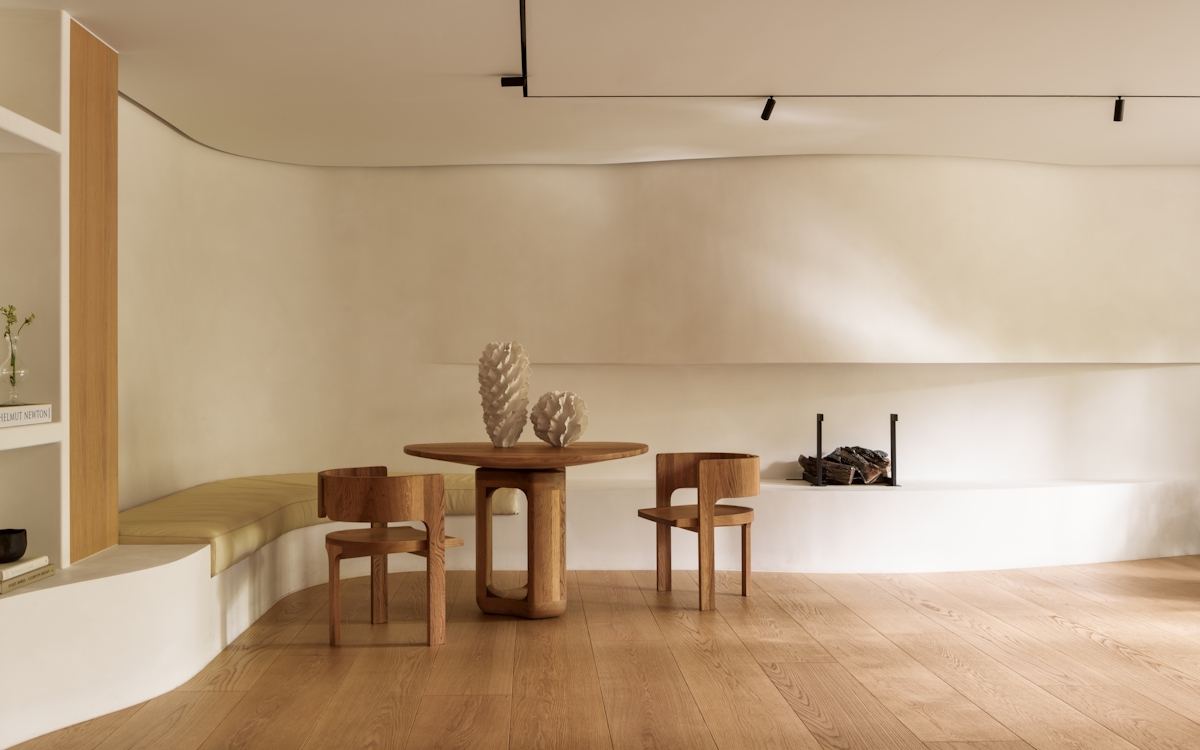1) Make sure to conceal any unsightly cables. This can be done by tucking them away or taping/stapling them to an unseen part of your furniture piece – designers often secure cables to table legs to maintain tidiness.
2) Although not always considered task lighting, table lamps often are used for specific purposes which will require different bulb specifications. These days, brightness is most accurately measured in lumens – not wattage. If you plan to use your lamp in a reading nook or on a desk, opt for a brighter light (around 50 lumens); for bedrooms or creating an atmospheric environment, try a subtler light (around 30 watts).
3) A dimmer function goes a step further and allows you to control the amount of light from each lamp exactly when you need it. Consider this when planning your lighting scheme at the beginning.
4) Always consider your table lamps when choosing accessories and ensure that any pieces will create a complementary display.
5) Mixing lamps is most definitely allowed – especially if your room’s style leans towards eclectic – but try to keep bedside table lamps or sideboard and console table lamps (often called buffet lamps) the same.
6) Care for them as you would other accessories or ornaments, dusting and treating any metal, wood or glass where appropriate.




